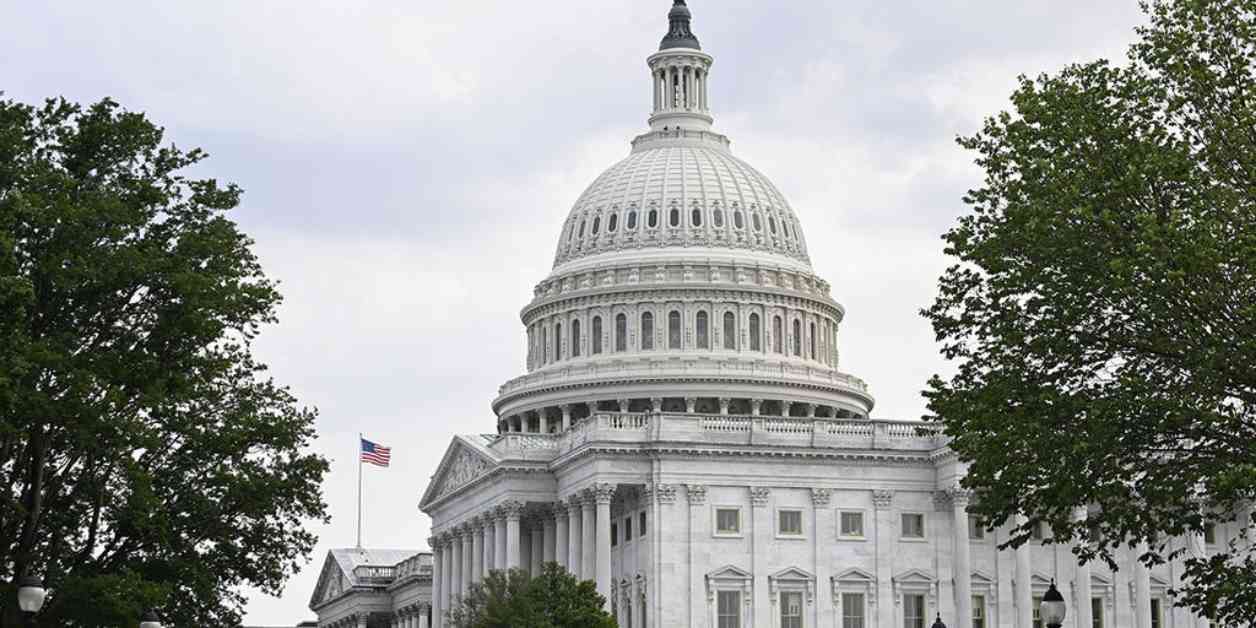In the United States Senate, there is a possibility of a 50-50 tie in the upcoming 119th Congress. Currently, Democrats hold a slight edge with 51 seats compared to Republicans’ 49 seats. The tiebreaker in the Senate is traditionally the Vice President, who serves as the President of the Senate and can break ties. However, history has shown that this does not always guarantee control of the Senate for the Vice President’s party.
In recent history, there have been two ties in the Senate. One occurred in 2001 and the other in 2021-2023. During the 2001 tie, a power-sharing agreement was brokered between Senate Majority Leader Trent Lott and Senate Minority Leader Tom Daschle. This agreement granted certain floor powers to the minority party and was contingent on the formal majority of the Senate shifting to one side.
In 2021, the Senate saw another tie after Sen. Raphael Warnock’s victory in Georgia, resulting in a 50-50 split. Senate Minority Leader Mitch McConnell negotiated a similar power-sharing agreement with Senate Majority Leader Chuck Schumer. This ensured that Democrats held the majority due to Vice President Harris’s tie-breaking vote, but Republicans still had some influence in the minority.
Looking ahead to the 2025 Senate, a tie could once again lead to questions about Senate control. Customarily, the Vice President would break the tie, favoring their party. However, in today’s political climate, there are other factors to consider. Independent candidates like Dan Osborn in Nebraska could play a role in preventing a tie and influencing committee assignments.
Additionally, the upcoming Senate leadership changes, with McConnell stepping down, could impact the dynamics in a tied Senate. Senators like Mike Lee have pushed for changes to internal conference rules, signaling a potential shift in party dynamics and cooperation.
In the event of a tie, the Vice President’s power to break ties is limited. If a vote is tied, the Vice President’s vote is not required, and the issue fails. This means that the Vice President can only vote in the affirmative to break a tie and pass legislation.
Ultimately, the history of tiebreakers in the Senate shows that the party of the Vice President does not always determine control. With various factors at play, including independent candidates, internal party dynamics, and potential disputes over election results, the future of a divided Senate in 2025 remains uncertain.




